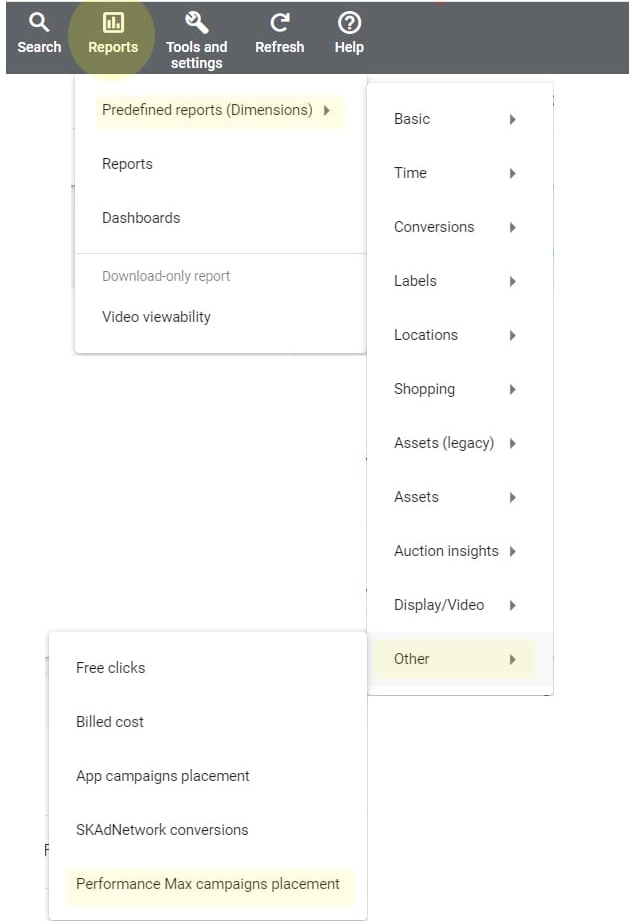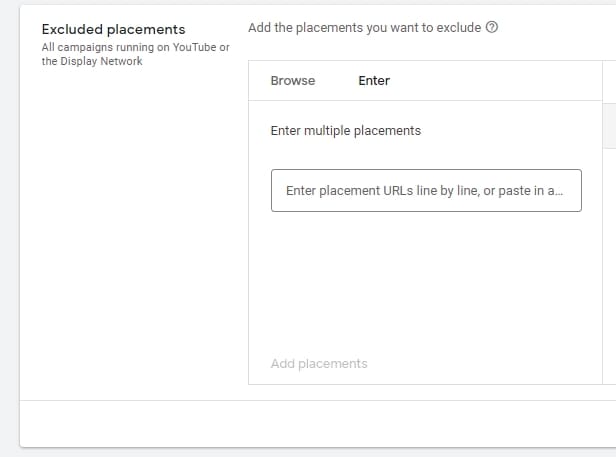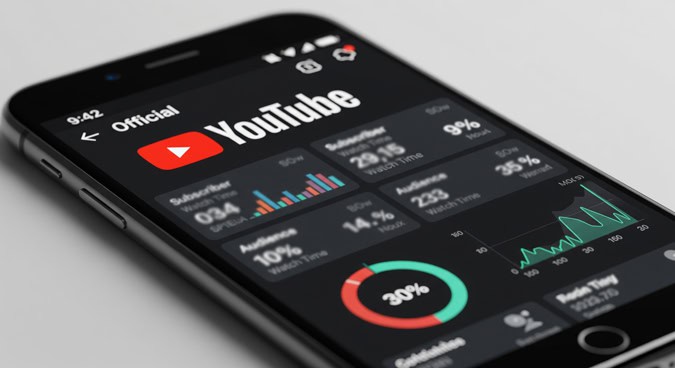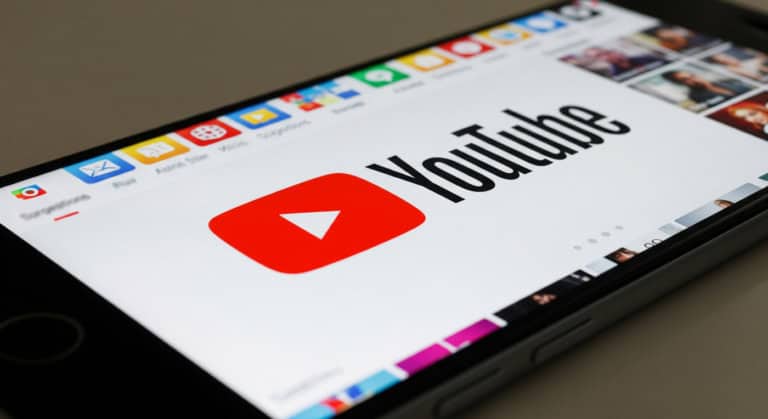
Do you run Google Performance Max Campaigns? If not, are you considering it?
Below, we explain some of the simple QA processes that we follow to evaluate the performance of these campaigns.
What is Google Performance Max?
A Performance Max campaign is a goal-based campaign type that relies on machine learning to allow advertisers to leverage all of their Google Ads inventory from a single campaign.
This type of campaign generates conversions (i.e. leads, sales, etc.) across various Google channels — such as Search, YouTube, Display, Discover, Gmail, and Maps — and uses artificial intelligence to optimize bidding, budget, audiences, and placements based on the advertiser’s objectives.
Some of the benefits of Performance Max campaigns are that they:
- Simplify campaign setup and management
- Expand reach to maximize conversions
- Use various signals provided by advertisers to optimize results
Monitoring Google Performance Max Campaigns
What advertisers gain in scale and automation with Performance Max Campaigns, they lose in control relative to ad placements.
For instance, in Performance Max campaigns, impressions are delivered unevenly across Google’s owned and operated channels (i.e. YouTube, Search, Gmail, etc.) and the Google Display Network (GDN), which includes third-party online publishers and mobile apps that monetize through AdSense. If Google believes ad delivery to one placement can help generate more efficient results, it will allocate more ad impressions to that placement. Seems logical.
But since not all placements are created equal, it’s important to keep tabs on where impressions are delivered in your Performance Max Campaigns and view the holistic performance of your Performance Max campaigns through that lens.
Identifying Misleading Results
When you evaluate the results of your Performance Max campaign and you notice a sudden shift in conversions — positive or negative — follow this checklist to help identify the root cause:
- Does the shift coincide with any changes that you made in the campaign? Here are questions to consider:
- Did you adjust any Asset Groups?
- Did you add or remove any search themes or audience signals?
- Did you change the budget?
- Did your campaign optimization score change in a meaningful way that could explain the performance fluctuations?
- Check the placement impressions on the campaign to see if there was a noticeable change in impressions across GDN placements or Google’s owned and operated channels.
- Go to Reports
- Click on “Predefined reports”
- Click on “Other”
- Click on “Performance Max campaigns placement”
Unfortunately, in this report, Google won’t list the conversions by placement. Nor does Google provide a breakdown in conversions across its owned and operated properties. But you can see impressions on specific URLs and mobile apps across GDN.

What we have noticed is that many of these sites and mobile apps on GDN deliver low-quality traffic, such as bots. So if we see a spike in GDN impressions on a Performance Max campaign and it coincides with fewer conversions and a higher CAC (or it results in more conversions, but lead quality has dropped), we follow these steps:
- If your campaign is optimizing for leads, make sure the lead form on your site has a reCAPTCHA or honeypot.
- Export all of the placements on the “Performance Max campaigns placement” report
- Import these as exclusions at the account level. Instructions here.

If you’re running UAC campaigns for app installs, you can use a similar process, but to view the campaign placement report, follow these steps:
- Go to Reports
- Click on “Predefined reports”
- Click on “Other”
- Click on “App campaigns placement”
The “Break In Case Of Emergency” Option
In some cases, no matter how many exclusions you add, Google will still deliver ad impressions across GDN for your Performance Max campaign.
In this case, try removing image assets from your asset group and include only the minimum number of image assets required. Make sure to max out the video assets, site links, etc., in your asset group. Google will tell you that your ad strength is poor and your optimization score is low, but you will give your campaign the best chance to max out ad impressions on YouTube and Search. Thus, your lead quality should improve.
Also, as another step to avoid impressions on GDN, you can try raising your bids to improve your chances of accessing premium inventory on Google owned and operated channels.
Need help with your paid search or paid social campaigns? Reach out to us at [email protected] for a free consultation.



